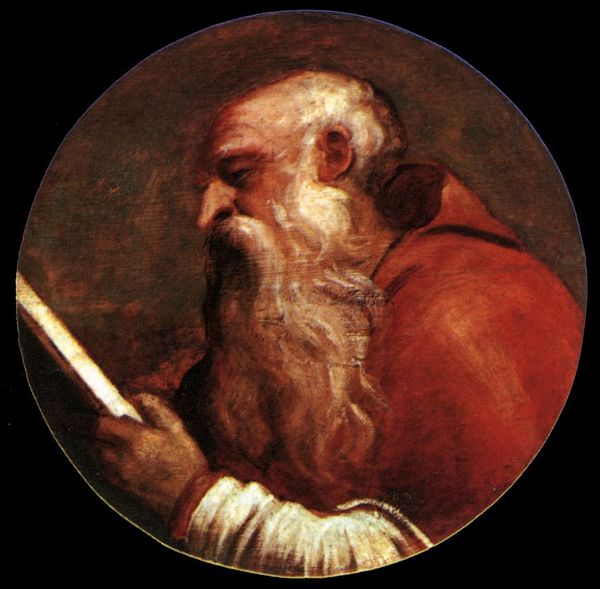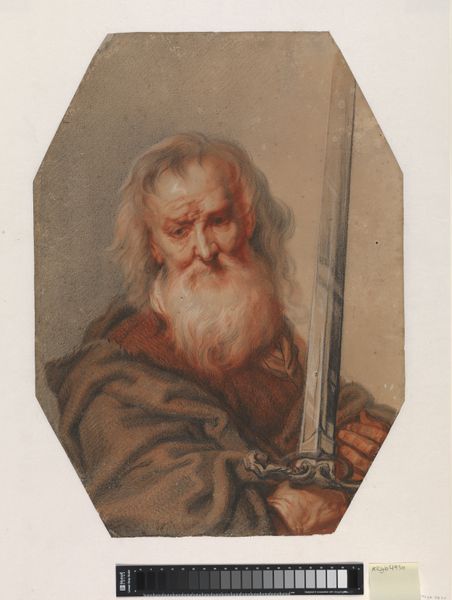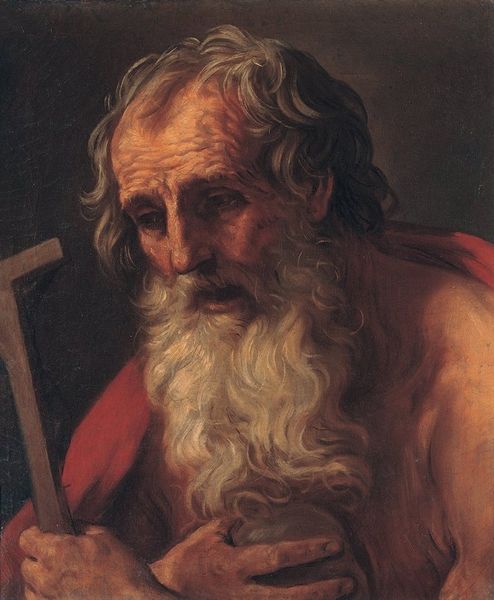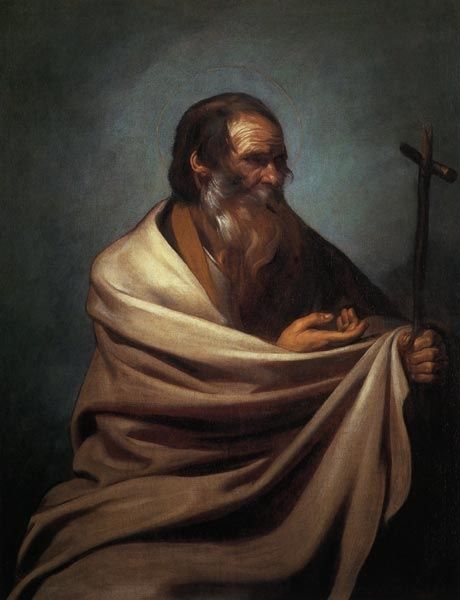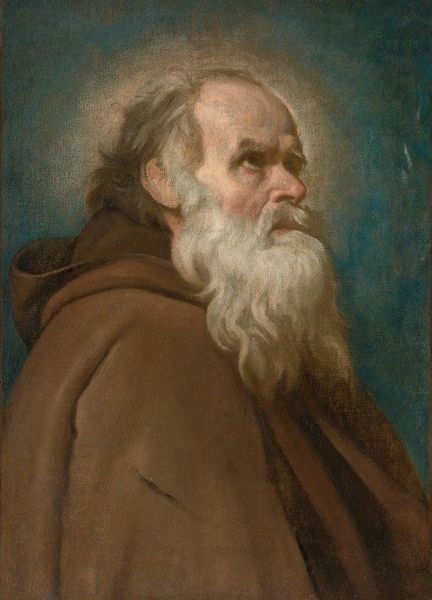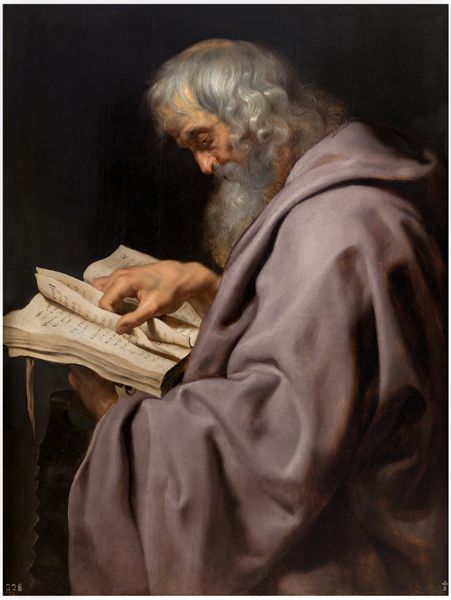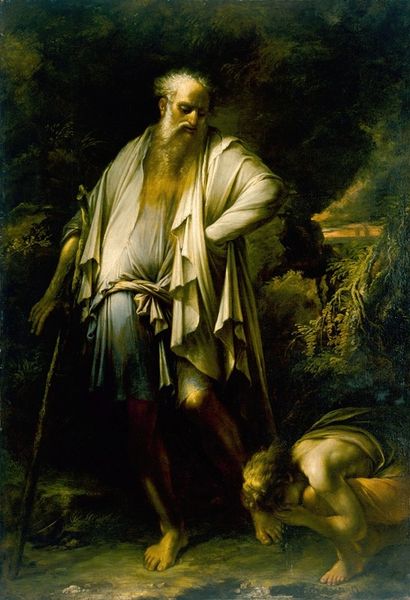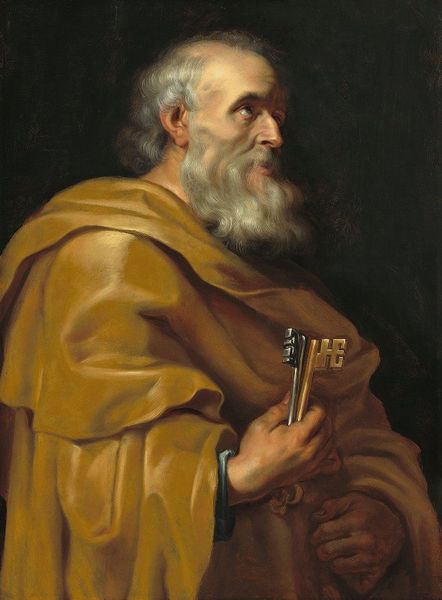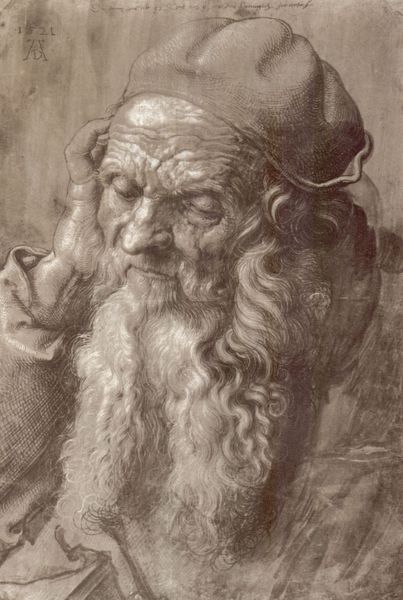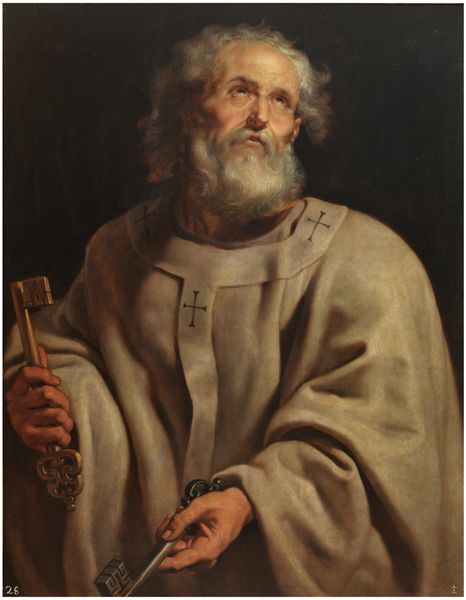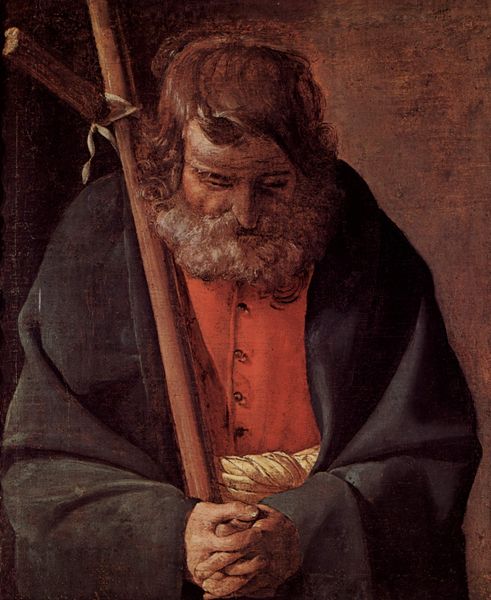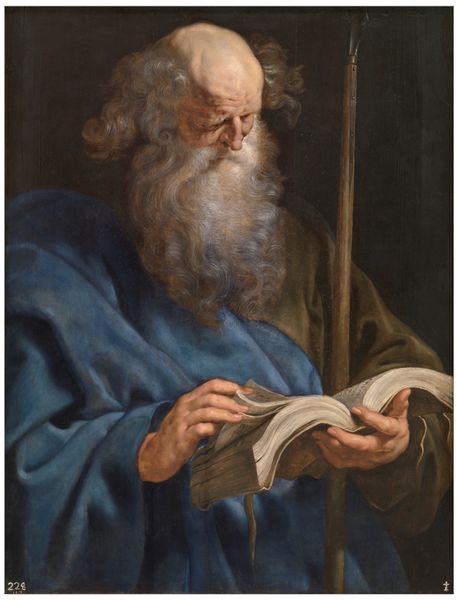
painting, oil-paint
#
portrait
#
baroque
#
painting
#
oil-paint
#
figuration
#
history-painting
#
realism
Copyright: Public domain
Editor: Here we have Maurice Quentin de La Tour’s “Diogenes, after Peter Paul Rubens,” painted in oil. The overall impression I get is…melancholy. What strikes you about this figure? Curator: Melancholy is a great starting point. It’s as if La Tour is asking, "What does wisdom look like?" He takes Rubens’ original Baroque drama, that flair for the theatrical, and internalizes it. The flickering lamp in Diogenes' hand casts only the barest light—is it illuminating the world, or just revealing the shadows of his own thoughts? It's so intimate compared to a lot of paintings from that era. Does that quiet intimacy resonate with you? Editor: It does, especially since Diogenes was such a public figure, always challenging societal norms. To see him rendered this way… it’s like catching him in a rare moment of reflection. Curator: Exactly. The original Diogenes sought truth with a literal lamp, searching for an honest man. La Tour suggests maybe that search is also a profoundly personal, internal quest. Think about the texture of that beard, the lines etched around his eyes. The painting hints at the weight of such a quest. Editor: So it's like La Tour is turning a grand historical subject into something much more human, and relatable. Curator: Absolutely! It’s like whispering a secret across centuries, a quiet invitation to find the Diogenes within ourselves. Don't you think? Editor: I hadn’t considered it that way before, but now I see it’s not just a historical painting. It is more a journey of the Self, which makes me think, “How can I pursue the journey myself.” Curator: Perfect! Each gaze into the work allows the unfolding of Diogenes' self-inquiry within yourself!
Comments
No comments
Be the first to comment and join the conversation on the ultimate creative platform.
